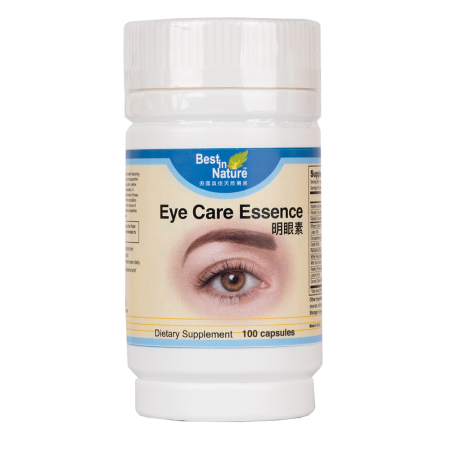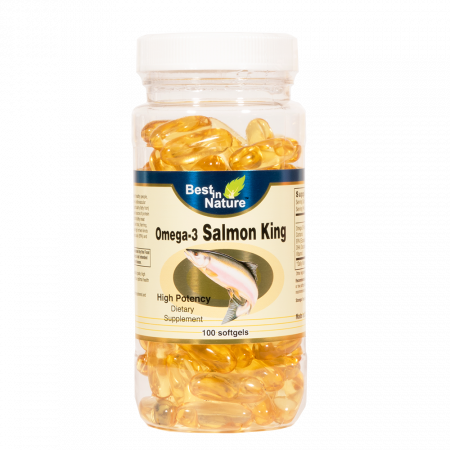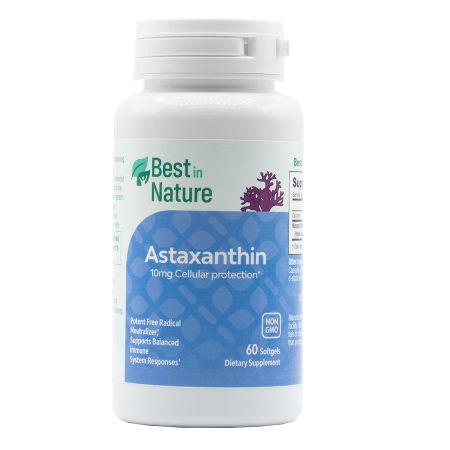
Reviewed and Updated: August 20th, 2024
Upon hearing about all of the various eye conditions out there, you might wonder what vitamins or nutrients might be helpful as well as what foods provide them. This is especially important as people live longer and have to spend more time looking at screens. So let’s have a look at the top vitamins and supplements for eye health.
Disclaimer: Your doctor should be the primary source of advice about your eyes and can best provide guidance. The supplements, vitamins and foods on this list are not meant to replace medications you’re taking.
Supplements for Eye Health
Lutein and Zeaxanthin
Increasing evidence indicates that lutein and zeaxanthin may be useful in preventing or reducing conditions like cataracts and AMD or age-related macular degeneration. (the progression from intermediate AMD to Advanced AMD, most precisely)
The macula, a highly sensitive area that is responsible for central vision, contains a high concentration of both lutein and zeaxanthin which seem to help filter out damaging uv radiation from sunlight. They’re also both antioxidants which combat damaging inflammation.
Lutein and zeaxanthin are found at high levels (30%-50%) in dark green leafy vegetables, fruits and herbs. That includes foods such as spinach, kale, collard greens, mustard greens, Swiss chard, watercress, parsley, kiwi fruit, grapes, spinach, orange juice, zucchini, and different kinds of squash. Lutein and zeaxanthin also are present in orange bell peppers and egg yolks.
Sources of lutein and zeaxanthin: Primary sources are leafy greens and egg yolks.
RDI: There is no specified RDI for lutein and zeaxanthin but health benefits normally start at 6mg of lutein and typical doses of zeaxanthin are around 2-10mg daily.
Omega-3
Omega-3 has long been used and recommended by professionals to alleviate dry eye symptoms. Many eye care professionals still recommend it but recent studies have found conflicting results as to whether Omega-3 specifically helps.
The DREAM study aimed to test Omega-3 against a placebo (refined olive oil) in the treatment of dry eye. In an interesting set of events, both groups reported improvement in their dry eye symptoms.
Sources of Omega-3: EPA and DHA Omega-3 come mostly from fatty fish. ALA Omega-3 comes from plant oils such as flaxseed, soybean, and canola oils.
RDI for Omega-3: Adult men should aim for 1600 mg and adult women should aim for 1100 mg.
Vitamins and Minerals for Eye Health
AREDS 2 (Age-Related Eye Disease Study 2) was a very large research study that tested a specific formulation of supplements and showed some benefit in eye health and disease prevention among participants. This was an improvement from the first AREDS study, which made changes in what vitamins to include. So let's take a look at the vitamins and minerals covered in the AREDS 2 study, how they benefit eye health and how they improved on the original AREDS formulation.
Vitamin C
It’s been found that Vitamin C plays a role in maintaining oxygen balance in the eye. When this balance is thrown off, it can lead to oxidative stress, a major risk factor for the formation of cataracts; a condition in which the lens of the eye is obstructed greatly reducing one’s vision.
Sources of Vitamin C: Citrus fruits, strawberries, kiwi fruit, tomatoes and cruciferous vegetables are great sources of Vitamin C.
RDI for Vitamin C: 90 mg for men and 75 mg for women
Vitamin E
Vitamin E’s main role in the body is combatting oxidation and the importance of that can’t be understated. Inflammation/oxidative damage are the drivers of many age-related conditions. This goes for many eye conditions as well such as age-related macular degeneration.
Sources of Vitamin E: Vitamin E is found in plant-based oils, nuts, seeds, fruits, and vegetables.
RDI for Vitamin E: 15 mg for teens and adults
Zinc
Overall, zinc helps maintain the health of the retina, cell membranes, and protein structure of the eye. This mineral has multiple health benefits but when it comes to the eyes, zinc allows vitamin A to travel from the liver to the retina to produce melanin, a pigment that helps protect the eyes from UV light.
Sources of zinc: red meat and poultry. seafood, nuts whole grains
RDI for Zinc: men - 11 mg; women - 8 mg (11 mg during pregnancy and 12 mg when breast-feeding).
Copper*
Copper plays a role in microcirculation, importantly, in the eyes. Copper deficiencies have been linked to a condition known as optic neuropathy. This occurs when the optic nerve, a group of nerve fibers that transfer visual information from the eye to the brain, becomes damaged in some way.
*Copper was added to avoid zinc-related copper deficiency.
Sources of copper: Oysters and other shellfish, whole grains, beans, nuts, potatoes, and organ meats are excellent sources of copper.
RDI copper: 900 micrograms per day. (9 / 10ths of 1 milligram in simpler terms)
Selenium
Selenium is important for its antioxidant effects but selenium is also essential for maintaining the health of the retina, the part of the eye that detects light and sends signals to the brain. Low levels of selenium can lead to damage of the retina.
A study from 2001-2008 that included over 7,000 participants also found a strong negative association between selenium intake and cataracts formation.
Sources of selenium: Foods rich in selenium include Brazil nuts, tuna and chicken.
RDI for selenium: 55 micrograms
Calcium
At one time, calcium was thought to worsen the risk of eye conditions like age-related macular degeneration but a study of over 5000 participants found that higher calcium levels might actually be preventive. The findings are fairly recent so the precise explanation isn’t yet understood.
Sources of calcium: Dairy foods, dark leafy greens, and fortified foods are all excellent sources of calcium.
RDI for Calcium: Adult men and women need 1000 mg of calcium daily. After 50, women are advised to get 1300 mg. After 70, men are advised to increase to 1300 mg as well. Because of the way calcium absorbs into the body, try to space out your calcium intake.
Thiamin (Vitamin B1)
Also known as B1, thiamin is a water soluble vitamin that’s involved in the growth and function of different cells and has also been studied as a treatment for diabetic polyneuropathy. Within the study, thiamin was shown to “prevent cell damage and apoptosis induced by high glucose in retinal microvascular cells.”
Sources of thiamin: Bread, meat and fish are primary sources while many other foods are fortified with thiamin.
RDI for thiamin: 1.2 mg for men and 1.1 mg for women
Folic Acid (Folate, Vitamin B9)
Folic acid or folate is involved in the biosynthesis of nucleotides, amino acids, neurotransmitters, and certain vitamins. Folate transport proteins are present in certain eye tissues and are involved in eye development. As one may suspect, deficiencies in folic acid are correlated with certain eye conditions in young and old age.
Sources of folic acid: Sources include dark leafy greens, beans, peanuts, liver and eggs.
RDI for folic acid: Adults should aim for 400 mcg daily.
What is the Difference Between AREDS and AREDS 2?
You might be curious about the difference between the original AREDS formula and the updated AREDS 2 version. The original AREDS formula included vitamin C, vitamin E, beta-carotene, copper, and zinc. This combination was shown to lower the risk of age-related macular degeneration (AMD) by about 25% over five years—a significant finding! But the research didn’t stop there. In the AREDS 2 trial, scientists added omega-3s and a mix of lutein and zeaxanthin to the original formula to see if it could further reduce the risk of AMD.
Interestingly, while these additions didn’t lead to an overall reduction in AMD risk, participants who took lutein and zeaxanthin without beta-carotene did see a decrease in their risk, especially those with low levels of these nutrients in their diet. This change was particularly important for former smokers, as beta-carotene was associated with a higher risk of lung cancer in this group. As a result, the AREDS 2 formula replaced beta-carotene with lutein and zeaxanthin to make it safer and potentially more effective.
Bottom Line
Certain studies were able to show that these nutrients and supplements have a role to play in protecting your eyes from an array of things including blue light, UV radiation, and oxidative damage. However, it’s difficult to draw precise conclusions. Remember that none of these are going to be a cure or a replacement for medications you’re prescribed. Your doctor or ophthalmologist will be best able to diagnose and treat any conditions you're experiencing.
*These statements have not been evaluated by the Food and Drug Administration. Products are not intended to diagnose, treat, cure or prevent disease.








Validate your login
Sign In
Create New Account